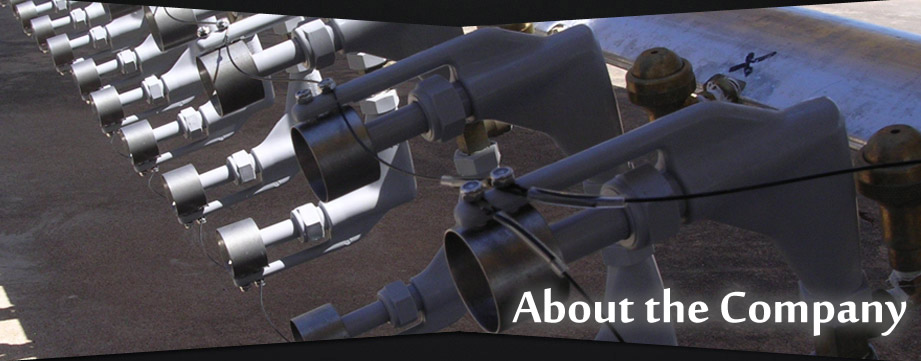How electrostatic attraction works
Spectrum electrostatic spray systems employ the same principals of physics used by auto body paint shops and photocopy machines to assign a positive or negative electrical charge to the spray droplets as they pass through the spray nozzle.
Unlike conventional spray droplets, which contain an equal number of positively charged protons and negatively charged electrons, spray droplets emitted through a Spectrum electrostatic system receive a positive or negative charge from electrodes surrounding each nozzle. As the charged spray droplets approach the target vegetation, they induce an opposite charge on leaf and stem surfaces, thus activating electrostatic forces and attracting the charged droplets to both the upper and under leaf surfaces.
Spectrum Electrostatic improves spray performance
-
Up to 100% improvement in spray deposition (droplets/cm2)
-
Increased chemical deposition on target surfaces,
including shaded undersides of leaves
-
Reduced spray fallout, run-off and off-site drift
-
Improved control of insects, diseases, weeds and brush
… reduces operating costs
-
As much as 66% increase in area treated per hour/day
-
Up to 66% less water required per spray tank
-
Less tank refilling “down time”
-
As much as 66% reduction in labor and fuel requirements
… and enhances environmental/human safety
-
Up to 82% reduction in worker exposure to chemicals
-
Reduced environmental pollution
-
Reduced engine exhaust emission/greenhouse gases
-
More marketable service attractive to retailers/consumers
Concerned about pesticide use and environmental quality |



